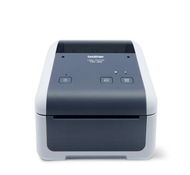What Maintenance Practices Will Extend the Lifespan of a Label Printer?
21st May 2025
Label printers are essential tools across industries for efficient product labeling, shipping, asset management, and more. Whether you're running a small business or managing an enterprise-level operation, maintaining your label printer is essential to ensure consistent performance, minimize downtime, and extend its lifespan. Proper maintenance can significantly reduce repair costs, enhance print quality, and preserve your investment for years.
Here’s a comprehensive guide that explores the most effective maintenance practices for thermal and inkjet label printers, from routine cleaning to setting calibrations and software updates.
1. Understand Your Label Printer Type
Label printers generally fall into two categories: thermal printers (direct thermal or thermal transfer) and inkjet printers. Each has unique maintenance needs:
- Direct Thermal Printers:Use heat-sensitive media and require frequent cleaning of the printhead and rollers due to carbon buildup.
- Thermal Transfer Printers:Use ribbon and labels, necessitating regular ribbon path cleaning and tension checks.
- Inkjet Printers:Rely on liquid ink cartridges and printheads, requiring nozzle cleaning and ink system maintenance.
Knowing your printer type helps you tailor your maintenance strategy to avoid unnecessary wear.
2. Regularly Clean the Printhead
The printhead is one of the most critical and delicate components of any label printer. A dirty or clogged printhead leads to faded prints, streaks, or complete print failures.
Best practices for cleaning printheads:
- Turn off the printer and allow the printhead to cool.
- Use isopropyl alcohol (90% or higher) and a lint-free cloth or manufacturer-approved cleaning pens.
- Gently wipe away residue, dust, or ink buildup.
- Clean the printhead after every ribbon or label roll change or at least once a week in high-use environments.
Pro tip: Never use sharp objects or abrasive materials on the printhead.
3. Clean the Rollers and Sensors
Label feed rollers and sensors can collect adhesive residue, dust, and debris over time, which affects feeding accuracy and print alignment.
Cleaning steps:
- Open the printer’s cover and locate the rollers.
- Clean them with a soft cloth dampened with isopropyl alcohol.
- Gently rotate the rollers manually while cleaning.
- Inspect sensors and use compressed air or a dry cloth to remove dust.
Clean the rollers and sensors monthly or after printing large batches.
4. Keep the Printer in a Clean Environment
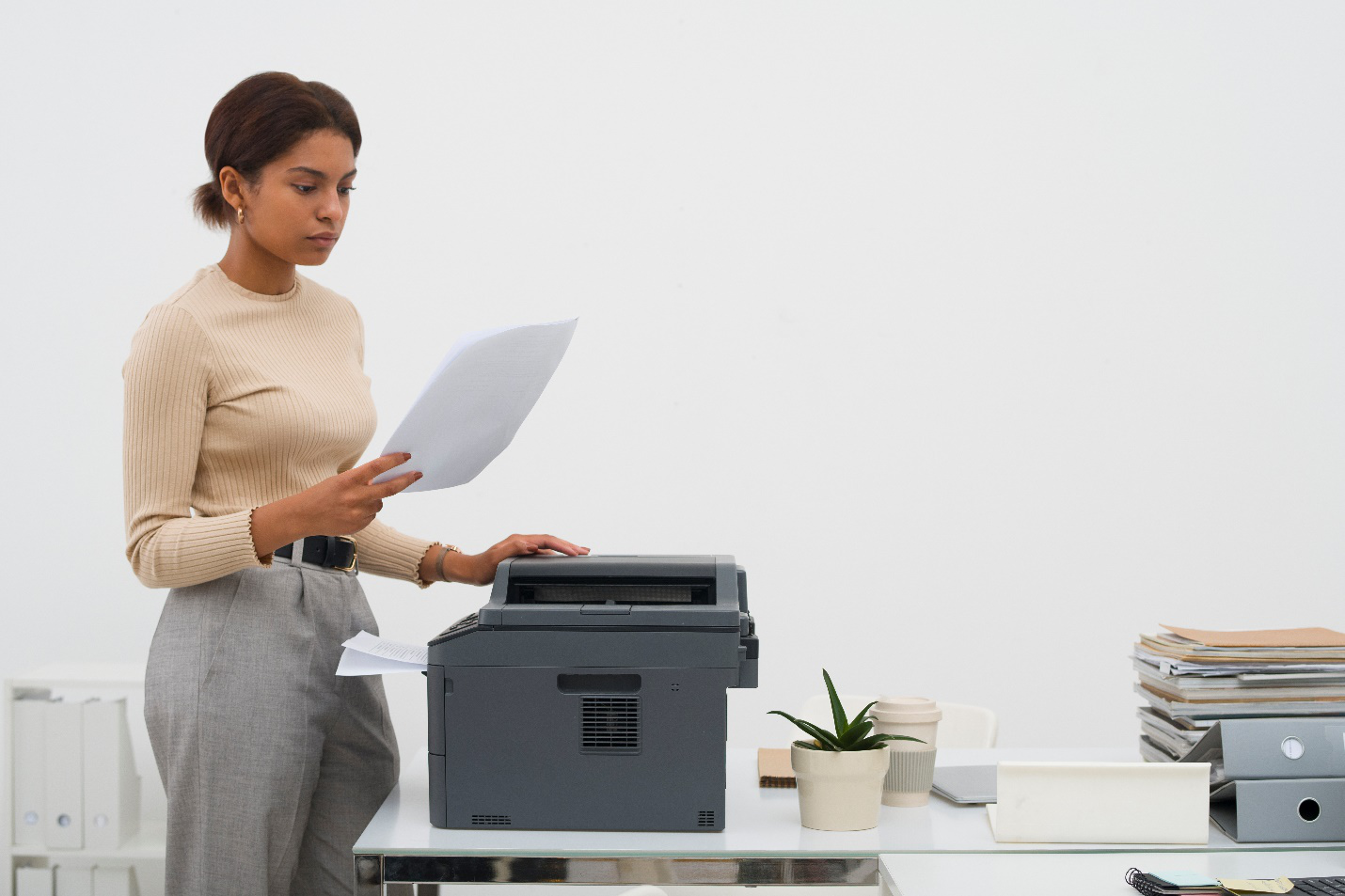
Environmental factors can significantly impact the longevity of your direct or thermal transfer label printer. Excessive dust, heat, humidity, and static electricity contribute to component wear.
Tips for optimal printer placement:
- Avoid placing printers near windows or in direct sunlight.
- Keep them away from dusty areas or open windows.
- Use anti-static mats or covers if operating in dry or carpeted environments.
- Maintain room temperature between 15°C and 30°C (59°F to 86°F).
A clean and stable environment reduces maintenance needs and prolongs hardware life.
5. Use Quality Media and Ribbons
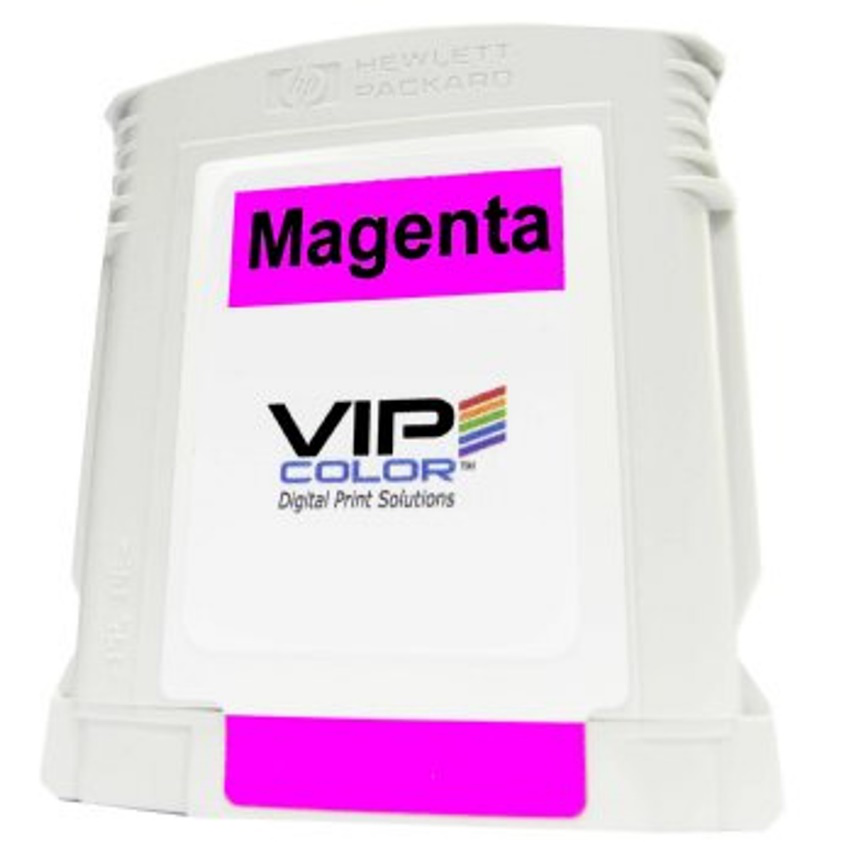
Low-quality labels, ribbons, and ink cartridges often shed particles, jam frequently, or leave residue, increasing wear on internal components.
Why high-quality supplies matter:
- Prevents adhesive buildup on printheads and rollers.
- Reduces printer jams and misalignments.
- Ensures better print quality and barcode
Pro Tip: Always use manufacturer-recommended or certified media for your printer model.
6. Perform Regular Calibration
Label printers may lose alignment over time, leading to misprints or wasted labels. Calibration ensures accurate label positioning and sensor performance.
How to calibrate:
- Use the printer’s built-in calibration function or software tools.
- Recalibrate when changing label sizes or types.
- Perform a sensor check to ensure accurate label detection.
Bonus Tip: Store calibration settings for different label types if your printer supports it.
7. Monitor and Replace Worn Parts
Components like platen rollers, belts, cutters, and printheads have a finite lifespan. Monitoring them helps prevent sudden failures.
What to check regularly:
- Look for signs of wear on the platen roller (cracks, flattened areas).
- Inspect belts for fraying or tension issues.
- Ensure cutters are sharp and not jamming.
- Check printhead condition via self-test or inspection reports.
8. Update Firmware and Software Drivers
Printer manufacturers release firmware updates to fix bugs, improve performance, and add features. Outdated firmware can cause glitches, compatibility issues, and even printing errors.
Maintenance checklist:
- Check for firmware updates quarterly or with each software upgrade.
- Update drivers to ensure optimal software-printer communication.
- Use official sources only to avoid malware or compatibility problems.
Keeping your printer’s software current enhances functionality and reliability.
9. Run Periodic Self-Tests and Diagnostics 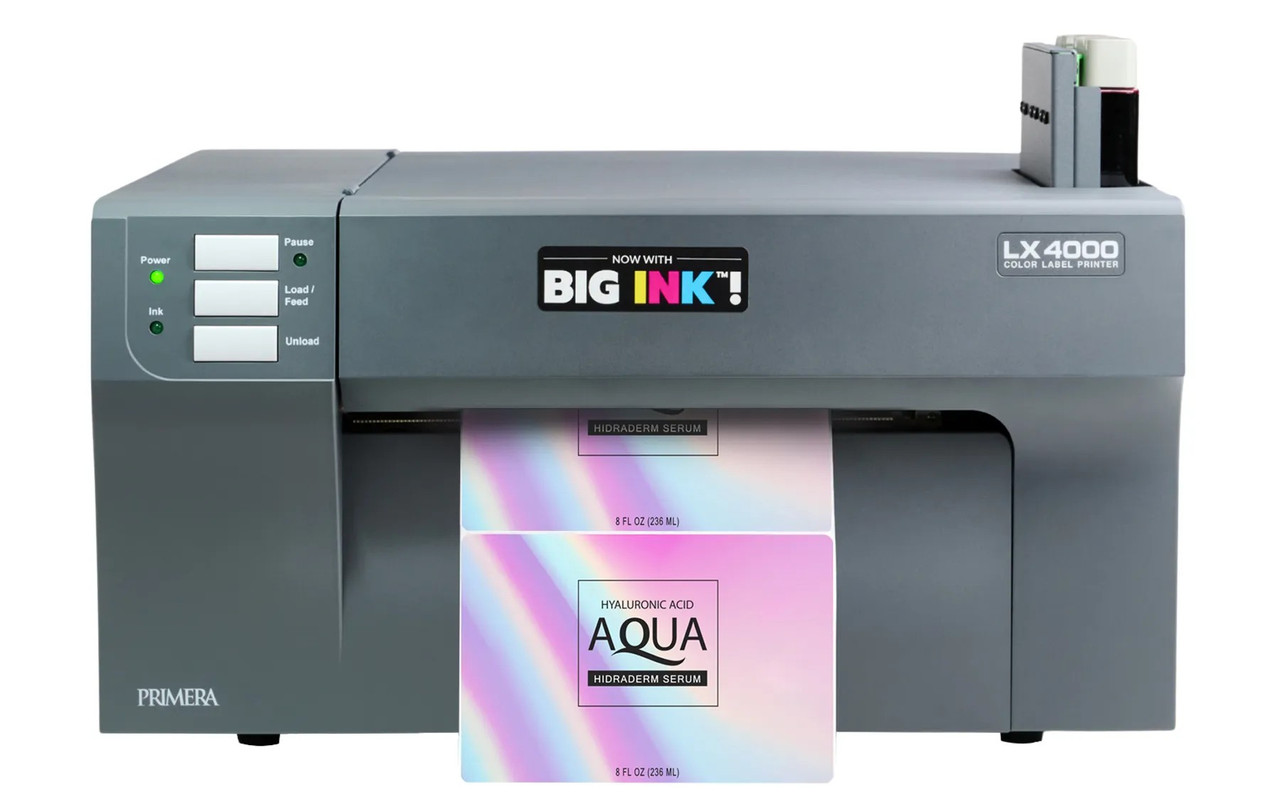
Most modern, high-quality color label printers include built-in diagnostic tools to assess performance and component health.
Common diagnostic tools include:
- Printhead test patterns
- Media sensor diagnostics
- Network and connectivity checks
Pro Tip: Keep a log of diagnostic results to monitor wear patterns or recurring issues.
10. Handle with Care During Operation
Rough handling or improper operation contributes to mechanical damage and misfeeds.
Best practices:
- Avoid slamming printer covers or pulling labels forcibly.
- Load labels and ribbons such as Datamax ribbonscorrectly, following guides and tension requirements.
- Don’t run the printer continuously without breaks in high-volume jobs.
Proper operation prevents avoidable damage and reduces the need for repairs.
11. Schedule Preventative Maintenance
Preventative maintenance by certified technicians ensures that your printer gets professional inspection and servicing.
What it typically includes:
- Internal cleaning and lubrication
- Component inspection and replacement
- Software and firmware updates
- Performance testing
Suggested frequency: Once every 6–12 months, depending on usage volume.
If you're managing a large fleet of printers, consider a maintenance contract for consistent upkeep.
12. Store Printers Properly When Not in Use
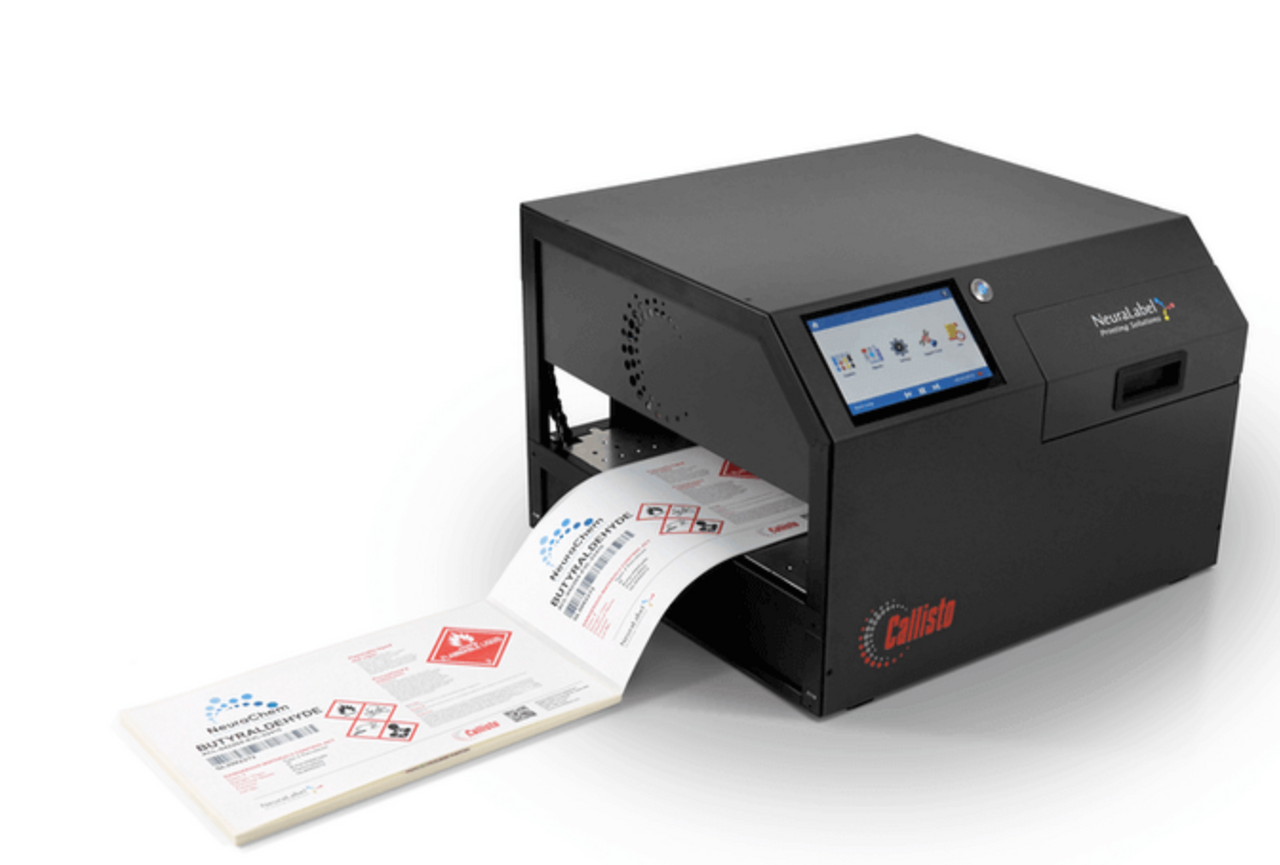
If you’re not using the inkjet label printer for an extended period, improper storage can lead to damage or degraded performance.
Storage tips:
- Turn off and unplug the printer.
- Remove labels and ribbons or cartridges.
- Cover the printer to protect it from dust.
- Store in a cool, dry location.
Good storage practices preserve printer health and readiness.
13. Train Staff on Proper Use and Maintenance
Many printer issues stem from user error. Training your staff ensures correct usage and basic troubleshooting skills.
Training topics to cover:
- How to load media correctly
- Cleaning procedures
- Error code identification
- Calibration and print settings
Creating a simple reference guide or cheat sheet can reduce operational mistakes.
14. Use Built-In Usage Tracking Tools
Some label printers feature counters that track usage statistics, printhead life, and roller mileage.
Why use them:
- Schedule maintenance based on actual use
- Avoid guesswork about part replacements
- Get alerts when thresholds are reached
Refer to your printer’s manual for how to access and reset these counters.
15. Label File Optimization

Cluttered or poorly formatted label files can overload the printer’s memory and processing capabilities.
Tips to optimize files:
- Use compressed images and optimized fonts.
- Avoid excessive layering and complex graphics.
- Test label formats before bulk printing.
16. Keep a Maintenance Log
Maintaining a detailed record of maintenance tasks, part replacements, and error reports can help diagnose recurring problems and plan future upkeep.
What to log:
- Cleaning dates
- Calibration history
- Firmware updates
- Component replacements
- Technician service notes
This log becomes invaluable for warranty claims, audits, or troubleshooting.
Choose DuraFast Label Company for Printer Supplies
Extending the lifespan of your label printer starts with consistent, proactive maintenance. From cleaning printheads to updating firmware and training staff, each step contributes to better performance and reduced downtime. But even the best practices need the right tools and support. DuraFast Label Company is your trusted partner in ensuring you work on printers that stay in peak condition.
We offer a full range of thermal label printers for sale, high-quality color labels, affordable blank inkjet labels, and premium top-coated direct thermal labels tailored to your printer model. Our knowledgeable support team can assist with preventative care advice and finding the right supplies for your business. Whether you're managing a single printer or a large operation, we have the expertise and inventory to keep you running smoothly.
Contact us today for performance that meets reliability and expert care.
